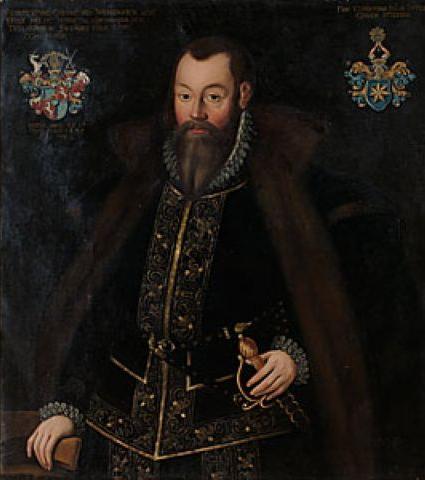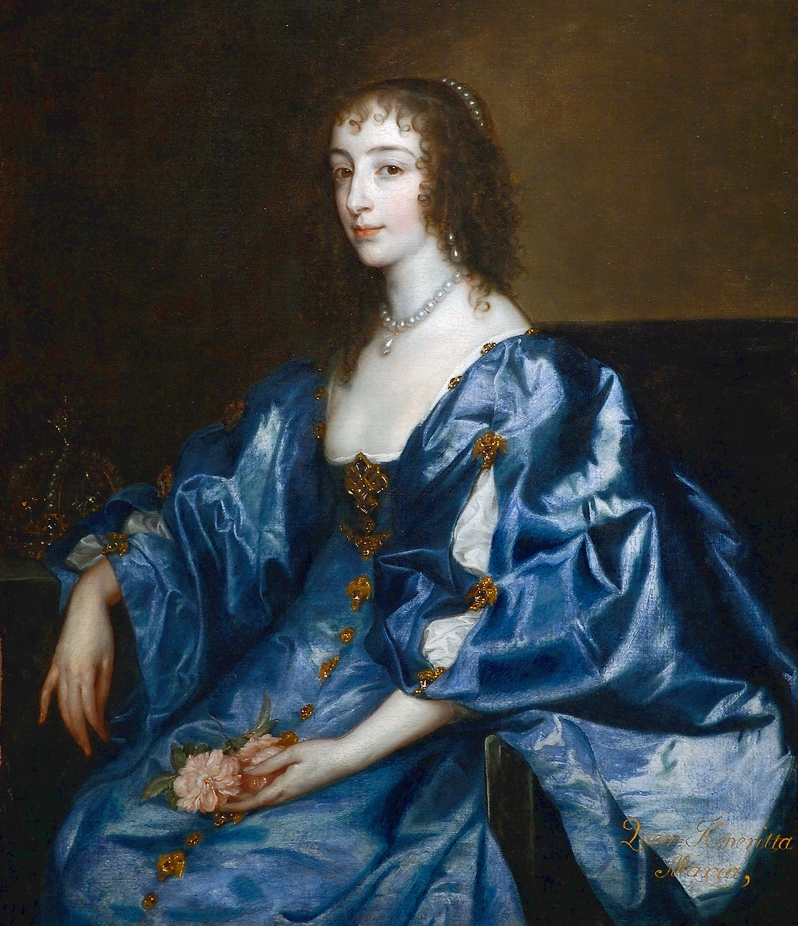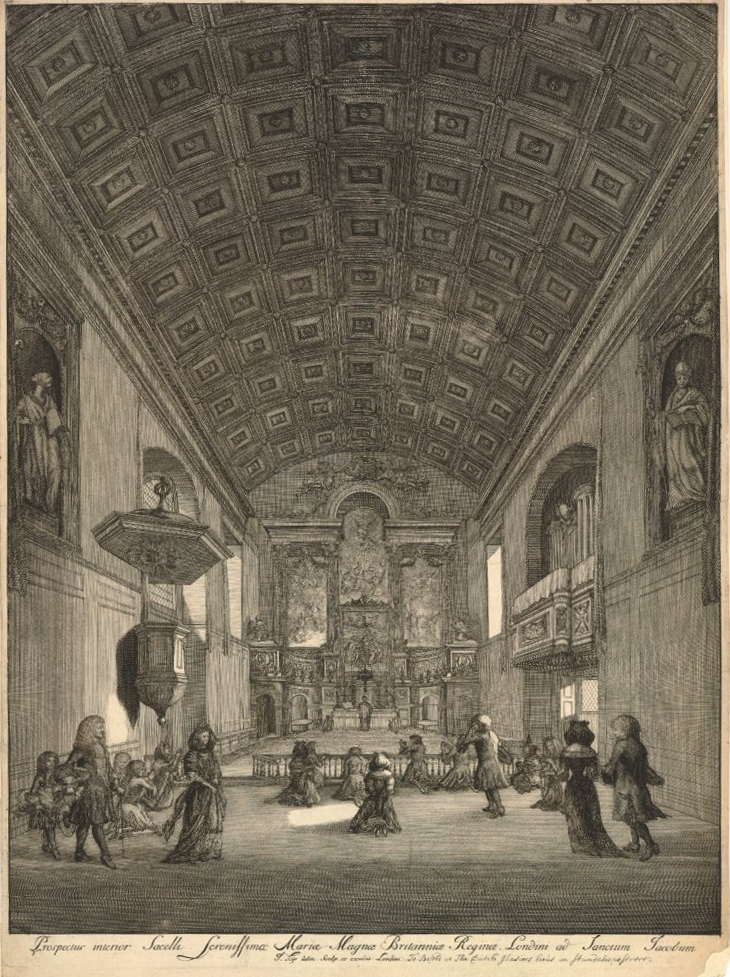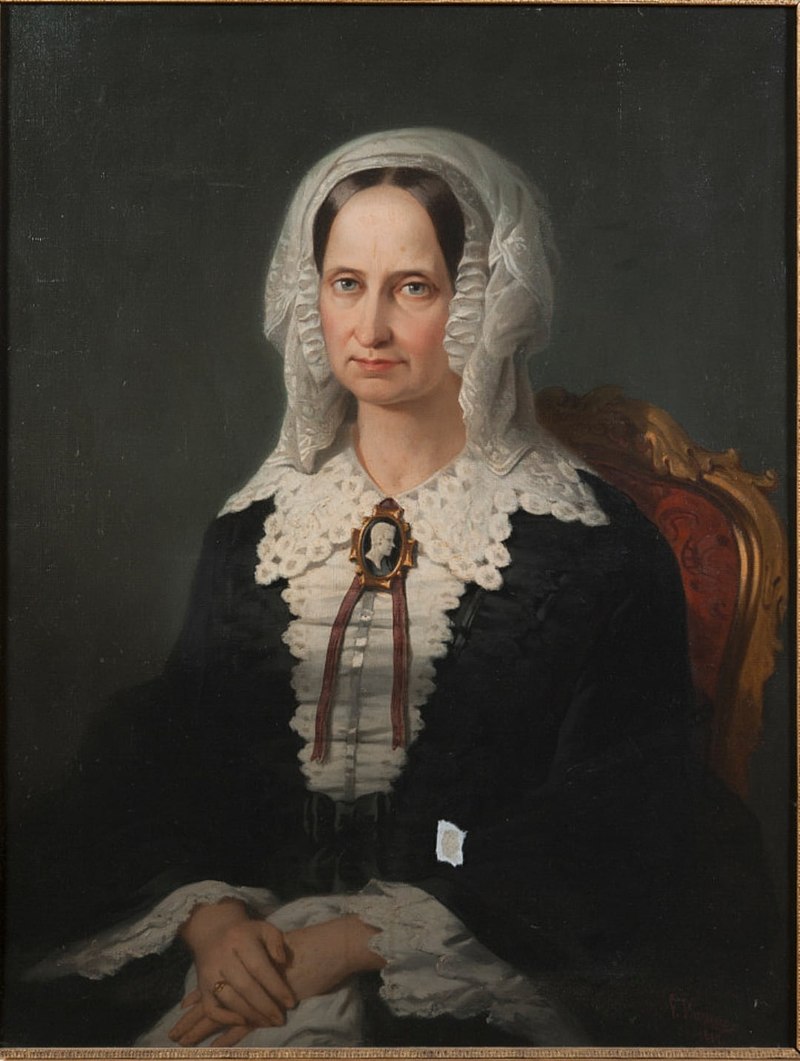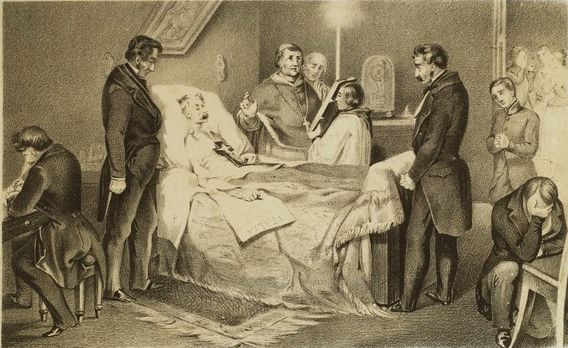by Susan Flantzer
© Unofficial Royalty 2021
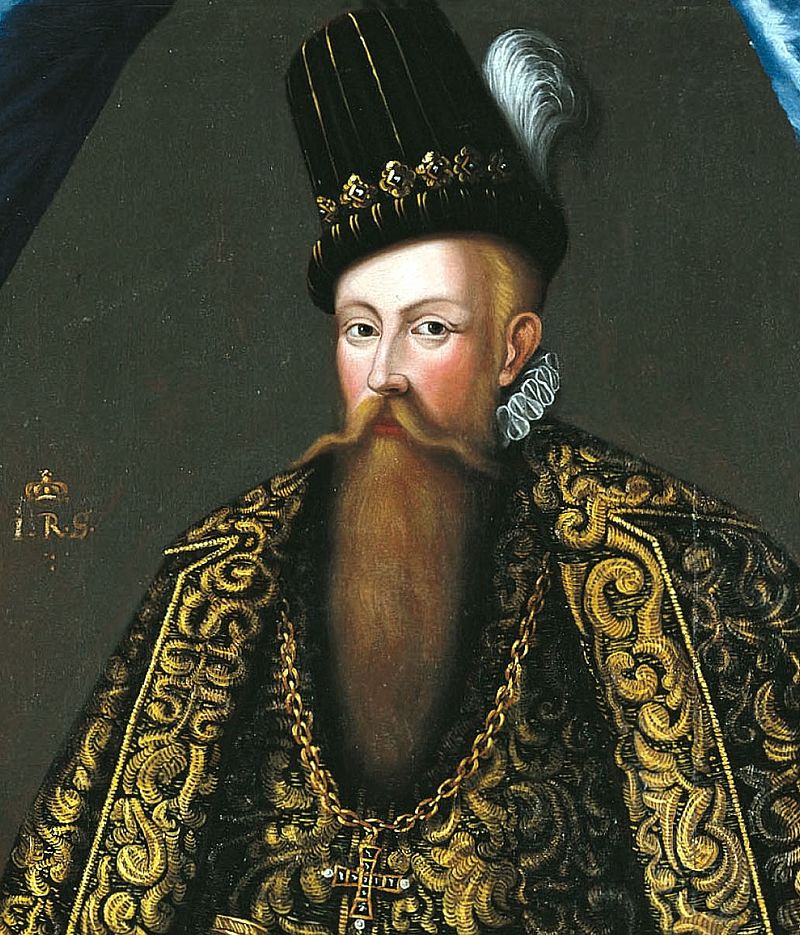
Credit – Wikipedia
Johan III, King of Sweden was born at Stegeborg Castle in Söderköping, Östergötland, Sweden on December 20, 1537. He was the eldest of the ten children and the eldest of the five sons of Gustav I Vasa, King of Sweden and his second wife Margareta Leijonhufvud. Margareta was a member of the Leijonhufvud family, one of Sweden’s most powerful noble families. Her constant pregnancies took a toll on her health and she died from pneumonia at the age of 35 in 1551, when Johan, the eldest child, was 13-years-old.
Johan had nine younger siblings:
- Katarina Gustavsdotter Vasa (1539 – 1610), married Edzard II, Count of East Frisia, had ten children
- Cecilia Gustavsdotter Vasa (1540 – 1627), married Christoph II, Margrave of Baden-Rodemachern, had seven children
- Magnus Gustavson Vasa, Duke of Östergötland (1542 – 1595), unmarried, mentally ill
- Karl Gustavson Vasa (born and died 1544), died in infancy
- Anna Gustavsdotter Vasa (1545 – 1610), married of Georg Johann I, Count Palatine of Veldenz, had eleven children
- Sten Gustavson Vasa (1546 – 1547), died in infancy
- Sofia Gustavsdotter Vasa (1547 – 1611), married Magnus II, Duke of Saxe-Lauenburg, had six children but only one lived past infancy
- Elisabet Gustavsdotter Vasa (1549 – 1597), married Christoph, Duke of Mecklenburg-Gadebusch, had one daughter
- Karl IX, King of Sweden (1550 – 1611), married (1) Maria of Palatinate-Simmern, had six children but only one daughter survived childhood (2) Christina of Holstein-Gottorp, had four children including his successor Gustavus Adolphus, King of Sweden
Johan had one elder half-brother from his father’s first marriage to Katharina of Saxe-Lauenburg:
- Eric XIV, King of Sweden (1533 – 1577), married Karin Månsdotter, his mistress, had two children before marriage and two children after marriage
Johan, along with his elder half-brother Erik, was well-educated by tutors. In 1557, King Gustav I wrote his will and divided his kingdom into hereditary duchies for his sons: Erik, Duke of Kalmar; Johan, Duke of Finland; Magnus, Duke of Östergötland; and Karl, Duke of Södermanland.

Johan’s half-brother Erik XIV, King of Sweden; Credit – Wikipedia
Upon the death of his father, Johan’s elder half-brother succeeded to the throne as Erik XIV, King of Sweden. Erik summoned the Riksdag (parliament) at Arboga where, under Erik’s urging, the Arboga Articles were adopted which curtailed the authority of his half-brothers Johan and Karl in the dukedoms given to them by their father. As a further move against his half-brother Johan, Duke of Finland, Erik placed the city of Reval, now Tallinn, Estonia, under his protective power and led expansionist campaigns of conquest in Estonia.

Johan’s first wife Katarina Jagellonica of Poland; Credit – Wikipedia
Johan then turned to Sigismund II Augustus, King of Poland and Grand Duke of Lithuania for an alliance. He married Katarina Jagellonica of Poland, the sister of Sigismund II Augustus.
Johan and Katarina Jagellonica had three children:
- Isabella of Sweden (1564 – 1566), died in early childhood
- Sigismund III Vasa, King of Poland, King of Sweden, Grand Duke of Finland and Lithuania (1566 – 1632), married (1) Anne of Austria, had five children (2) Constance of Austria, had seven children
- Anna of Sweden (1568 – 1625), unmarried
In exchange for marrying Katarina Jagellonica, Johan received a substantial sum of money and land in Livonia (located in present-day Estonia and Latvia) which then hindered King Erik XIV’s expansionist policy. Erik’s response was to send 10,000 troops to besiege Johan’s home Turku Castle in Turku, Finland. On August 12, 1563, Turku Castle surrendered. Johan was tried for high treason and sentenced to death but he was pardoned and imprisoned for four years with his wife at Gripsholm Castle in Mariefred, Södermanland, Sweden. Johan and Katarina’s two eldest children were born in captivity at Gripsholm Castle.

Johan, his wife Katarina, and his son Sigismund imprisoned at Gripsholm Castle by Jozef Simmler,1859; Credit – Wikipedia
King Erik XIV had suffered from mental health issues and from 1563 onwards these issues worsened. His decisions became more illogical and he exhibited violent behavior. Erik’s suspicion of the nobility led him to be suspicious of the Sture family, then headed by Svante Stensson Sture who was married to Märta Erikdotter Leijonhufvud, the sister of Johan’s mother Margareta Leijonhufvud. Erik lacked a legal heir and feared that the Sture family might claim his throne. These fears resulted in the 1567 Sture Murders, the murders of five Swedish nobles and Erik’s former tutor, in which Erik was an active participant and faced no immediate repercussions.
Due to King Erik XIV’s behavior and his marriage to his mistress Karin Månsdotter, his younger half-brothers led a revolt against Erik with the support of many nobles that ended in his removal as King of Sweden in September 1568 and his eldest half-brother succeeding to the throne as Johan III, King of Sweden. In January 1569, the Riksdag (parliament) legally dethroned Erik. Erik was imprisoned in various castles for nine years and died on February 26, 1577, aged 43. He was most likely murdered due to the three major conspiracies that attempted to depose his half-brother King Johan III and place Erik back on the Swedish throne. An examination of his remains in 1958 confirmed that Erik probably died of arsenic poisoning.

Tre Kronor Castle; Credit – Wikipedia
During his reign, Johan III carried out extensive building projects. He participated personally in the planning of various buildings and provided his own architectural drawings. Johan was particularly interested in the preservation of existing buildings. Some churches that had suffered damage were restored and refurbished including Uppsala Cathedral, Västerås Cathedral, Linköping Cathedral, and Skara Cathedral. In Stockholm, the Storkyrkan (Great Church) and the Riddarholmen Church both had extensive renovations. Tre Kronor Castle, which was on the site of the current Royal Palace in Stockholm, was significantly expanded and refurbished and a castle church was added.
In 1570, Johan III ended the Nordic Seven Years War with Denmark and Sweden, a war his half-brother Erik had started. During the following years, Johan successfully fought Russia in the Livonian War, concluded by the Treaty of Plussa in 1583. Johan had clear Catholic sympathies, inspired by his Catholic Polish wife, and this created issues with the Protestant Swedish clergy and nobility. His son Sigismund was raised as a Catholic to help him acquire the Polish crown and in 1587, Sigismund was elected monarch of the Polish–Lithuanian Commonwealth and became King of Poland and Grand Duke of Lithuania.

Johan’s second wife Gunilla Bielke; Credit – Wikipedia
Katarina Jagellonica fell sick in the spring of 1583 and died in Stockholm on September 16, 1583, at the age of 56. She was buried in the royal crypt of the Uppsala Cathedral in Uppsala, Sweden. On February 21, 1585, Johan married Gunilla Bielke at Västerås Cathedral and his new wife was crowned Queen of Sweden the following day. Gunilla, who was thirty-one years younger than her husband, was the daughter of one of Johan’s cousins and had been orphaned at an early age. She was raised at court as a playmate of Johan’s daughter Anna. In 1582, Gunilla had been made a maid of honor to Queen Katarina Jagellonica. Gunilla had a significant influence on Johan. She is credited with influencing his policy regarding religion in favor of Protestantism, similar to the way his first wife had influenced him in favor of Catholicism.
Johan III and Gunilla had one son:
- Johan of Sweden, Duke of Finland, Duke of Östergötland (1589 – 1618), married his first cousin Princess Maria Elisabet of Sweden, no children
After a reign of twenty-three years, Johan III, King of Sweden died on November 17, 1592, aged 54, at Tre Kronor Castle in Stockholm, Sweden. He was buried in Uppsala Cathedral in Uppsala, Sweden. Gunilla survived her husband by only five years, dying at the age of 29 of a fever on July 19, 1597. She was buried at Uppsala Cathedral in Uppsala, Sweden.

Tomb of Johan III, King of Sweden; Credit – Wikipedia
This article is the intellectual property of Unofficial Royalty and is NOT TO BE COPIED, EDITED, OR POSTED IN ANY FORM ON ANOTHER WEBSITE under any circumstances. It is permissible to use a link that directs to Unofficial Royalty.
Kingdom of Sweden Resources at Unofficial Royalty
- Kingdom of Sweden Index
- Swedish Orders and Honours
- Swedish Royal Dates
- Swedish Royal Burial Sites
- Swedish Royal Christenings
- Swedish Royal FAQs
- Swedish Royal Residences
- Swedish Royal Weddings
- Line of Succession to the Throne of Sweden
- Profiles of the Swedish Royal Family
Works Cited
- De.wikipedia.org. 2021. Johann III. (Schweden) – Wikipedia. [online] Available at: <https://de.wikipedia.org/wiki/Johann_III._(Schweden)> [Accessed 8 May 2021].
- En.wikipedia.org. 2021. John III of Sweden – Wikipedia. [online] Available at: <https://en.wikipedia.org/wiki/John_III_of_Sweden> [Accessed 8 May 2021].
- Flantzer, Susan. 2021. Erik XIV, King of Sweden. Unofficial Royalty. [online] Available at: <https://www.unofficialroyalty.com/erik-xiv-king-of-sweden/> [Accessed 8 May 2021].
- Sv.wikipedia.org. 2021. Johan III – Wikipedia. [online] Available at: <https://sv.wikipedia.org/wiki/Johan_III> [Accessed 8 May 2021].







